
Cuisine
Pacific Northwest cuisine
Pacific Northwest cuisine is heavily influenced by the region's geography and climate. The cuisine is characterized by its use of fresh, local ingredients, particularly seafood and wild game. The flavors are simple and rustic, with an emphasis on natural flavors and textures. Pacific Northwest cuisine is also known for its focus on sustainability and environmental stewardship, with many chefs and restaurants sourcing their ingredients from local farms and fisheries.
Typical ingredients
Salmon, Halibut, Dungeness crab, Oysters, Clams, Mussels, Wild game (such as elk and venison), Berries (such as huckleberries and blackberries), Mushrooms (such as chanterelles and morels), Hazelnuts, Apples, Pears, Potatoes, Onions
Presentation and garnishing
Presentation of Pacific Northwest cuisine is often simple and rustic, with an emphasis on natural colors and textures. Garnishes may include fresh herbs, edible flowers, or wild berries. Plating may be done on natural materials such as wood or slate.
The Pacific Northwest is home to a rich culinary tradition that is deeply connected to the region's natural resources. Many of the ingredients used in Pacific Northwest cuisine are unique to the region, and are prized for their flavor and quality. Pacific Northwest cuisine is also a reflection of the region's commitment to sustainability and environmental stewardship, with many chefs and restaurants sourcing their ingredients from local farms and fisheries.
More cuisines from this region...
Cuisine of California, Hawaiian cuisine, Rocky Mountain cuisine
History
The history of Pacific Northwest cuisine can be traced back to the indigenous peoples of the region, who relied on the bounty of the land and sea for their sustenance. European settlers later introduced new ingredients and cooking techniques, but the cuisine remained rooted in the region's natural resources. In recent years, Pacific Northwest cuisine has gained national and international recognition, with many chefs and restaurants showcasing the region's unique flavors and ingredients.
Cultural significance
Pacific Northwest cuisine is deeply rooted in the region's culture and history. It is a celebration of the land and sea, and a reflection of the region's unique geography and climate. Many chefs and restaurants in the Pacific Northwest are committed to sustainability and environmental stewardship, and source their ingredients from local farms and fisheries. Pacific Northwest cuisine is also a popular tourist attraction, with many visitors coming to the region specifically to sample the local flavors and ingredients.
Health benefits and considerations
Pacific Northwest cuisine is known for its health benefits, particularly its emphasis on fresh, natural ingredients. Seafood is a rich source of omega-3 fatty acids, which are important for heart health. Wild game is leaner than domesticated meat, and is a good source of protein. Berries and other fruits are high in antioxidants, which can help protect against cancer and other diseases. However, some Pacific Northwest cuisine may be high in sodium or fat, particularly if it is prepared with butter or cream.
Pacific Northwest cuisine dishes
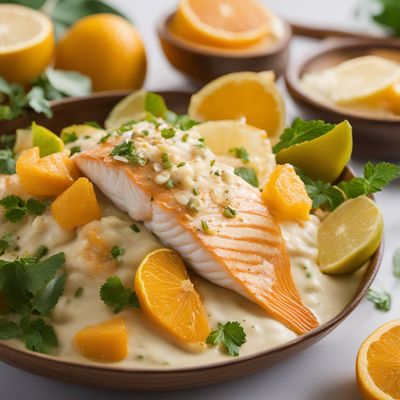
Citrus Baked Fish in Coconut Cream
This dish is a perfect blend of tangy and creamy flavors that will leave your taste buds wanting more. The citrusy flavor of the fish is perfectly balanced with the richness of...
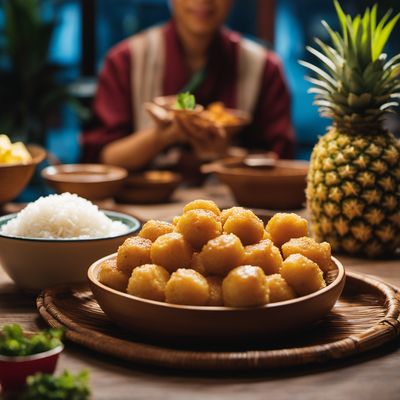
Pineapple and Fish Balls
Pineapple and Fish Balls is a dish that is made by combining fish balls with pineapple and other ingredients. The dish is typically served with rice or noodles and is a popular...

Poisson cru
Raw Fish Salad
Poisson cru is a traditional dish from French Polynesia made with raw fish, coconut milk, and lime juice. It is a light and refreshing dish that is perfect for warm weather.

Lovo
Lovo is a traditional Fijian dish that involves cooking food in an underground oven. It is a communal activity that brings people together to share a meal.

Ahima’a
Ahima'a
Ahima’a is a traditional Polynesian dish that is cooked in an underground oven called an umu. It is a feast dish that is often served at special occasions such as weddings and funerals.
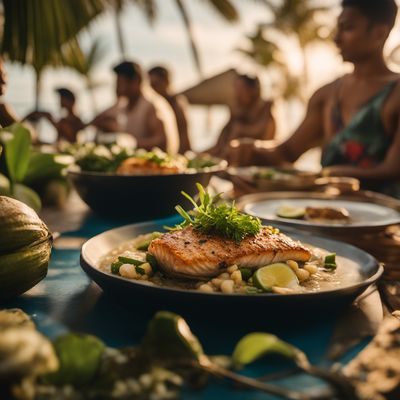
Kokoda
Coconut Fish
Kokoda is a traditional Fijian dish made with raw fish marinated in lime juice and coconut cream. It is a refreshing and flavorful dish that is perfect for hot summer days.

Coconut Fish
Coconut fish is a tropical dish that is made with fresh fish and coconut milk. It is a creamy and flavorful dish that is often served with rice or noodles.
Pacific Northwest cuisine recipes Browse all »
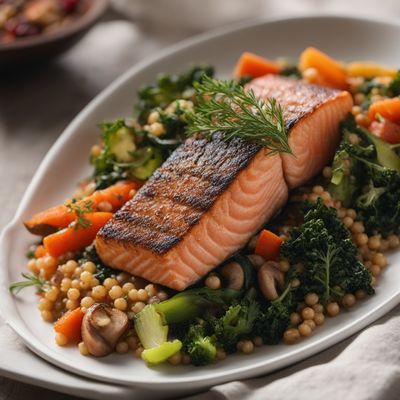
Pacific Northwest-inspired Shaaria with Wild Salmon and Seasonal Vegetables
Wild Salmon Harvest Shaaria: A Taste of the Pacific Northwest

Pacific Northwest Smoked Salmon Spread
Savory Salmon Delight: A Taste of the Pacific Northwest

Pacific Northwest Caprese Salad
Northwest Delight: A Fresh Twist on Caprese Salad

Pacific Northwest Spring Frittata
Wild Foraged Delight: Pacific Northwest Spring Frittata

Pineapple and Salmon Balls
Tropical Delight: Pineapple and Salmon Balls
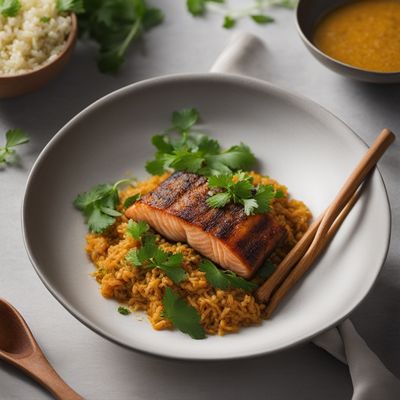
Pacific Northwest-inspired Nashi Karē
Wild Salmon Curry with Nashi Pear

Pacific Northwest-inspired Negitorodon
Wild Salmon and Herb Rice Bowl

Pacific Coconut Lime Fish Salad
Tropical Delight: Pacific Coconut Lime Fish Salad
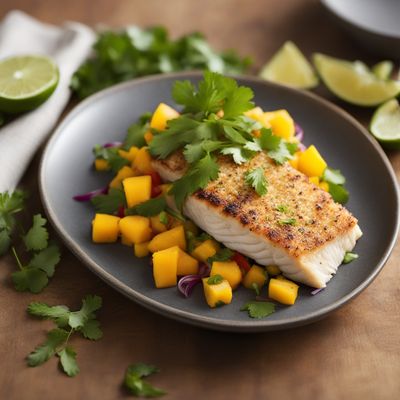
Coconut Crusted Halibut with Mango Salsa
Tropical Delight: Coconut Crusted Halibut with Zesty Mango Salsa
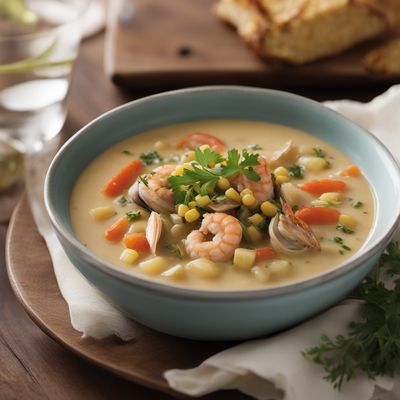
Pacific Northwest-inspired Seafood Chowder
Northwest Delight: Creamy Seafood Chowder with a Coastal Twist

Ahima’a Roasted Salmon with Maple Glaze
Pacific Delight: Maple-Glazed Ahima’a Salmon
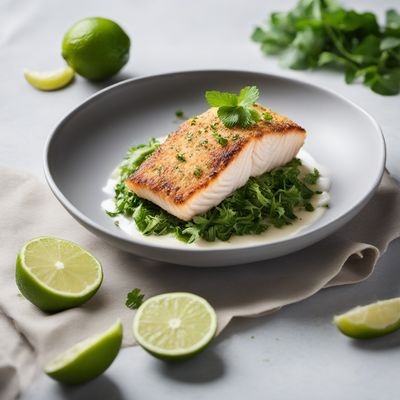
Citrus Coconut Crusted Halibut
Tropical Delight: Citrus Coconut Crusted Halibut